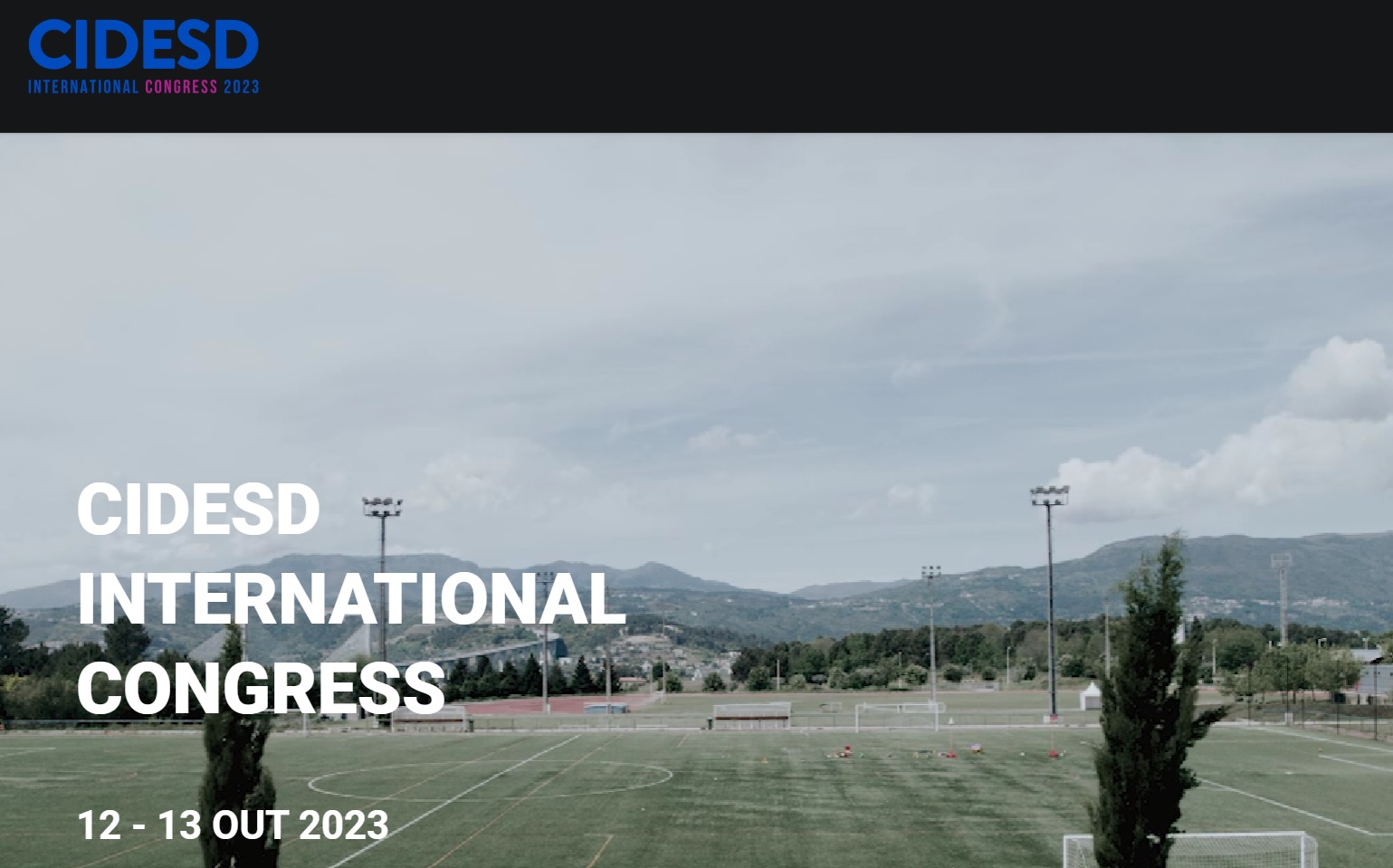The influence of water aerobics on muscle strength and body composition
DOI:
https://doi.org/10.6063/motricidade.31728Resumo
With advancing age, some declines in health and physical fitness become expected. Considering that water aerobics is one of the aquatic activities most practised by adults and older adults, verifying its impact on the different parameters of physical fitness in these age groups is important. The main purpose of this study was to analyse the effect of 12 weeks of water aerobics on muscle strength and body composition in adults and older adults. Twenty individuals (63.95 ± 11.21 years old) performed 12 weeks of water aerobics twice a week (45 min/session). The water aerobics classes consisted of 5 minutes of warm-up (92.25 ± 8.67 bpm), 35 minutes of the main part of the class (119.22 ± 6.80 bpm), and 5 minutes of cool down (97.70 ± 7.62 bpm). The muscle strength (i.e., countermovement jump [CMJ], medicine ball throw [MBT], chair stand test [CST], forearm flexion [FF]) and body composition (i.e., fat mass [FM] and muscle mass [MM]) were evaluated before the training program and one week after the 12 weeks. After training, significant differences were observed in CST, FF, and CMJ (Table 1). Furthermore, although the differences were not significant, most of the other variables analysed showed slight improvements. Water aerobics appears to be an interesting aquatic modality when it is intended to improve the endurance strength of the upper and lower limbs and the explosive strength of the lower limbs in adults and older adults. When we desire to enhance anthropometric parameters, it seems necessary to consider the duration of the program, requiring at least 12 weeks of water aerobics.
Downloads
Publicado
Edição
Secção
Licença
Os autores dos manuscritos submetidos para publicação deverão ceder, a título integral e permanente, os direitos de autor (copyright) à revista Motricidade e às Edições Sílabas Didáticas. A cedência de direitos de autor permite a publicação e divulgação do artigo em formato impresso ou eletrónico e entrará em vigor a partir da data de aceitação do manuscrito. Os autores concedem, ainda, os direitos para a revista Motricidade utilizar e explorar o respetivo artigo, nomeadamente para licenciar, ceder ou vender o seu conteúdo a bases de resumos/indexação ou outras entidades.
Nos termos da licença “Creative Commons”, os autores poderão reproduzir um número razoável de exemplares para uso pessoal ou profissional, mas sem fins comerciais. Nos termos da licença SHERPA/RoMEO, os autores poderão, ainda, disponibilizar/arquivar uma cópia digital final (versão postprint) do artigo no seu website ou no repositório científico da sua instituição.


